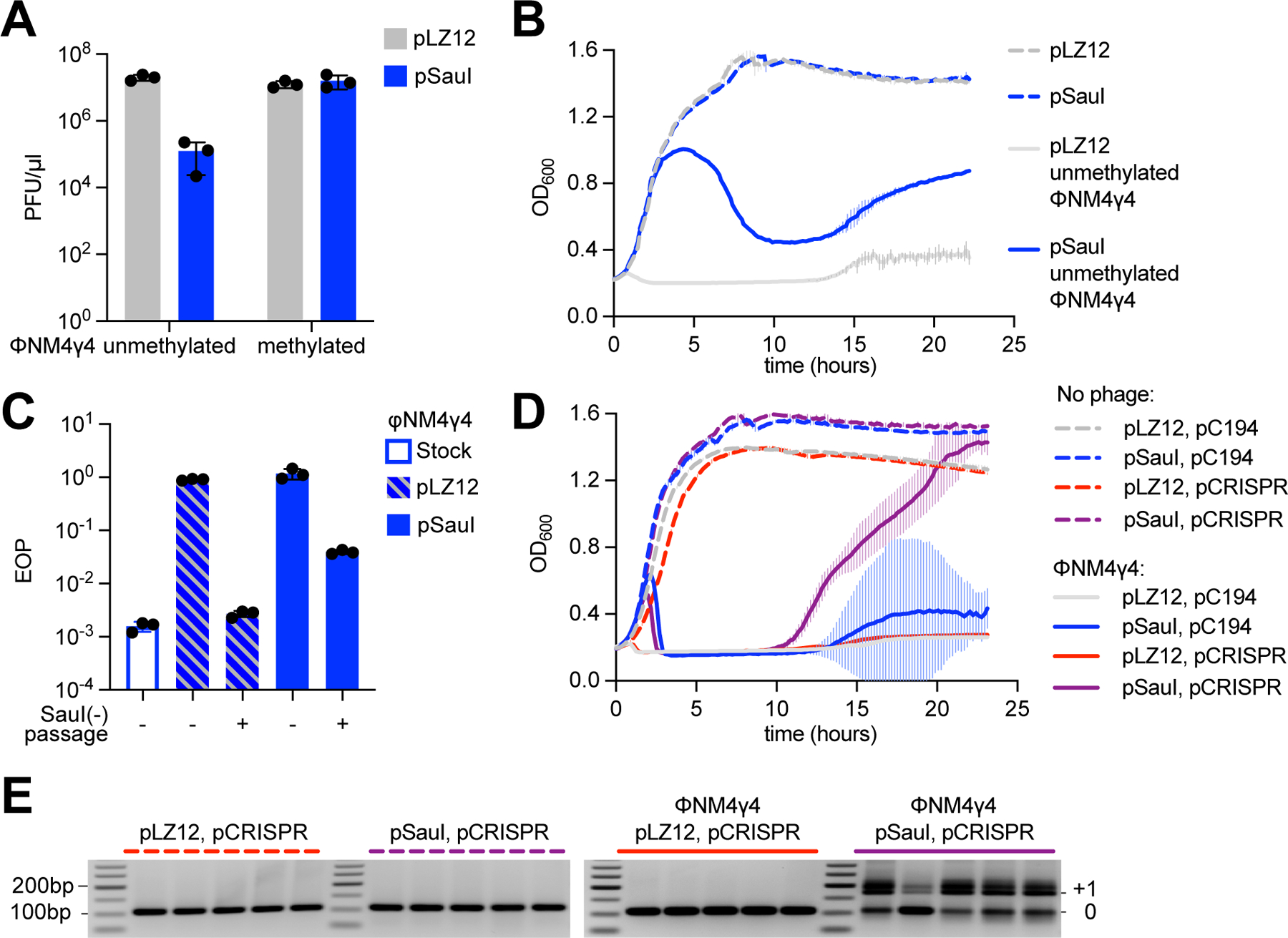Figure 1. SauI restriction of ΦNM4γ4 promotes the type II CRISPR-Cas response in staphylococci.

(A) Enumeration of ΦNM4γ4 PFU on lawns of staphylococci expressing SauI or carrying a vector control. Mean of three biological replicates ± SD are reported. (B) Growth of staphylococci expressing SauI or carrying an empty vector control in the presence or absence of ΦNM4γ4 infection, measured as the OD600 of the cultures over time. MOI ~10. Mean of three biological replicates ± SD are reported. (C) EOP of a phage stock, or of phages obtained at the end of the growth curve shown in (B), amplified or not through the non-methylating strain sPM02, after plating on lawns of staphylococci expressing SauI, relative to PFUs obtained after plating on lawns of cells carrying an empty vector control. Mean of three biological replicates ± SD are reported. (D) Same as (B), but using strains carrying an additional pCRISPR plasmid. MOI ~250. Mean of five biological replicates ± SD are reported. (E) Agarose gel electrophoresis of PCR products obtained after amplification of the CRISPR array using DNA obtained from the cultures shown in (D). See also Figure S1.
